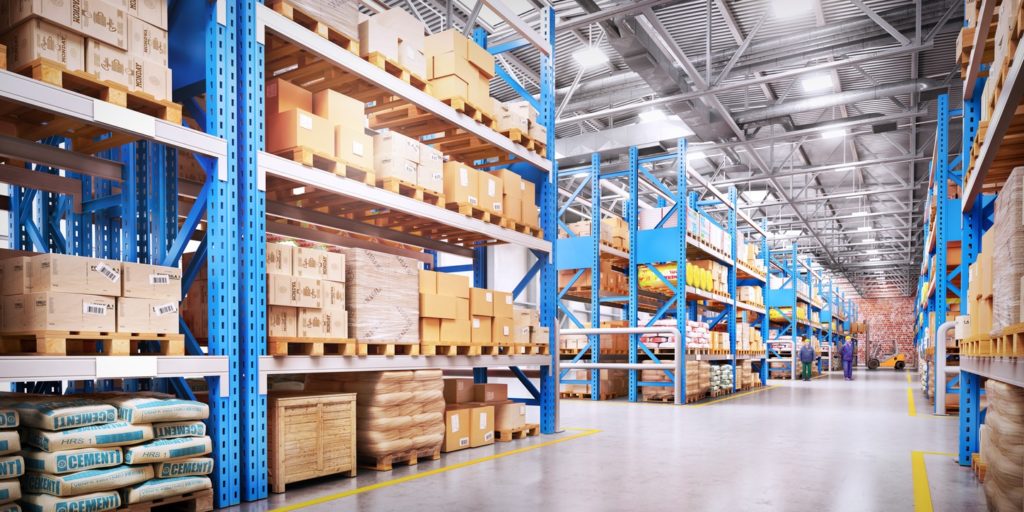
Andrew Nayager and Wesley Fongenie discuss repurposing empty commercial properties and the ability to take advantage of the fast moving digital retail sector.
COVID-19 has been the first black swan event of the 2020s. Its repercussions need no repeating here but will it also bring significant change to how vacant commercial buildings on both high streets and retail parks are used?
The decline of the high street can be traced back to the closure of Woolworths in 2008. Woolworths was to be followed by HMV, Blockbuster Video and Toys R Us, all household names occupying large footprint stores. A main reason behind their decline in the early 2000s was the draw of retail parks which offered, in tandem with increasing car ownership, plentiful parking and easy access to and from surrounding suburbs. Development of retail parks was also not as constrained either physically or from a planning perspective as it would be in inner city areas and, indeed, with the relatively cheaper cost of land, retails parks were the buzz words for investment in the first decade of the 21st century.
“I was the future, once…” – David Cameron
However, 10 years on and now the young darlings of retail have found themselves succumbing to Father Time. Retail parks, as with bricks and mortar stores on the high street, have struggled to adapt to a shift in how consumers now shop. With an increasing appetite to buy online, which began well before the world’s attention centred on a far distant wet market, the abilities of physical stores to be the main cash generators have waned, leading to many retailers cutting their losses and ending their leases. In the case of retailers such as Toys R Us and House of Fraser, this has resulted in large stores becoming and remaining empty.
Re-purposing
Re-purposing is the logical solution and one that was kick-started last year with permitted development rights allowing existing commercial property to be more easily converted to residential. However, re-purposing to residential is not an option that is available in every instant. Costs of having to revamp sizeable department stores can far outweigh the benefits and in some cases are not physically possible without demolition. It may be, therefore, that these voids can be put to other uses.
Given the explosion in online deliveries over the last twelve months, demand for last mile logistics hubs in urban areas to deal with distribution and returns is set to dramatically increase. This has been a trend which has gathered pace in the last 10 years and as a consequence has seen a fundamental shift in supply chain dynamics whereby retailers now see the importance of digitally bringing their marketplace to the consumer, rather than relying on attracting the consumer to an actual marketplace.
Amazon, for example, is not just a retailer or a data storage company but a logistics company which may one day rival the likes of UPS and FedEx. What companies like Amazon struggle with, however, is last mile delivery. Their systems are efficiently set up to track and send packages to main transport hubs across the world but where efficiency breaks down is the subsequent last mile delivery to the intended customer. In addition, they also need to deal with the issue of returns. This is a big issue and reportedly one of the reasons that Primark decided not to go digital, as more than one warehouse may be required – one to deal with sales and the other returns. The point is that traditional logistics (warehousing, inventory management) is now having more of an influence on supply chain management (i.e. transportation to end the consumer) meaning that appropriate real estate will form the key component of such integration.
This is where the voids left behind by House of Fraser etc. come in. The obvious benefits are that these units:
- are centrally located in or in close proximity to cities and suburbs;
- can be accessed from major arterial roads; and
- have size capabilities to accommodate large inventories and general storage.
Consequently, they can be easily accessed not just from larger depots but also by members of the public. An added benefit is that they can accommodate “click and collect” services, another facet of the online shopping experience.
A further consideration is that with the onset of automation within warehouses and the possibility of using drones to carry out last mile delivery, advanced and reliable telecommunication infrastructure will also be of vital importance. This will bring efficiency, speed and overall a dramatic decrease in costs. Appropriate real estate will, therefore, have to offer such infrastructure which will be equal if not more important than the proximity to urban conurbations. Currently large voids should be able to offer this, as well as offering adaptability should the physical dynamics of the retailer’s operation require changing from time to time.
Planning
Re-purposing is not, however, without its planning challenges. Many local authorities are likely to resist the loss of retail uses, particularly from core retail locations. Moreover a change of use from Class E to Class B8 will be required.
It may well be, therefore, that tertiary centres with properties of sufficient scale present the most attractive option for re-purposing in urban areas. Such applications will inevitably need to demonstrate no (or failing that an acceptable level of) impact on amenity by reason of traffic, noise and disturbance, particularly where the property is located in or adjacent to a residential area where significant vehicle movements will be generated by the proposal.
To address the (loss of retail) policy objection, consideration should be given to the promotion of mixed use proposals with logistics at ground floor and other conforming uses e.g. student accommodation, above.
The Future?
COVID-19 will bring many changes to the way we work and live. However, it will also be seen in generations from now as the accelerant of the robotic and digital age. Of course even in a world moving increasingly online, real estate is still a key component. The importance of logistics synergising with supply chain management may ultimately be the deciding factor as to whether retail businesses thrive or fail to survive. After all, one thing that has remained true throughout the ages of commerce no matter how good your product is: if you cannot ultimately get it to market, then your business will fail. The winners will be those who never forget this age old lesson.
For further reading, please see our colleagues article on The latest delivery by the Logistics Sector
This article is for general purpose and guidance only and does not constitute legal advice. Specific legal advice should be taken before acting on any of the topics covered. No part of this article may be used, reproduced, stored or transmitted in any form, or by any means without the prior permission of Brecher LLP.





